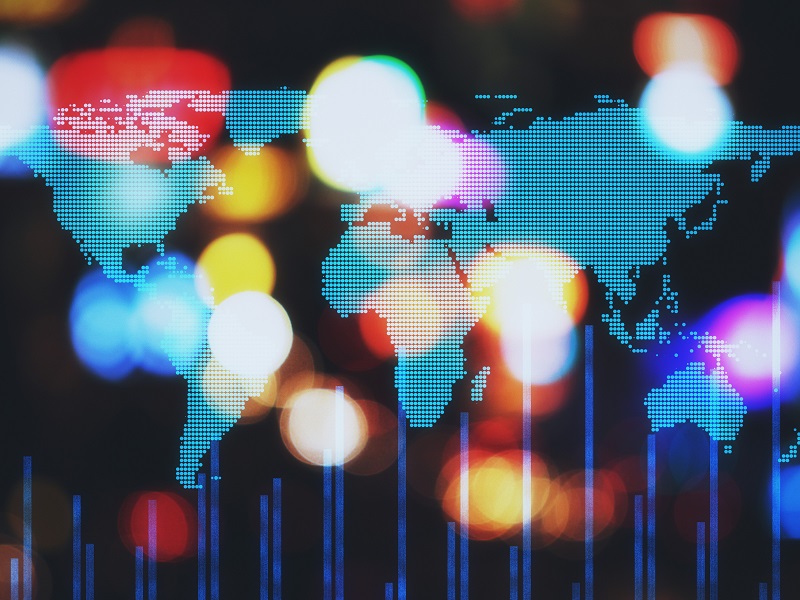
Renowned American businessman and investor Charlie Munger once said, “You have to keep learning if you want to become a great investor. When the world changes you must change.”
The world has changed and institutional investors will need to have a plan and be ready to face new challenges.
The 30 years prior to the coronavirus pandemic were marked by prosperity with trade expanding around the world driven by globalization. Taxes were low, geopolitical risks were nonexistent, inflation was low and interest rates were almost zero. Economies were on auto pilot. Following the pandemic, the world is changing rapidly and the autopilot model won’t work anymore.
Read: Study finds institutional investors are most concerned about geopolitics and inflation
Globalization is being challenged by large players such as Russia, India and China through rising protectionism, economic instability and galloping inflation. Indeed, the pandemic has brought forth a new wave of nationalism in the world, with industries moving back or near to their home countries as seen with Japan and the U.S. The Russia-Ukraine conflict is auguring a new Cold War, further challenging globalization.
Geopolitical risks have shot up, while global trade is on the decline and China’s track of cheap labour has come to an end with costs rising sharply. Nearshoring or reshoring production closer to home will move companies to a higher-cost environment, which will increase structural costs and hurt both companies and customers. The surge of new manufacturing in North America is increasing the demand for labour and, since there aren’t enough workers around to fill the jobs, wages are rising at the fastest pace in four decades. Workers and unions in this environment are regaining their lost bargaining power.
The era of declining taxation is also over. Pandemic-related deficits and ballooning debts, as well as astronomical debt service charges to revenues, will require higher taxes going forward. Finally, years of underinvestment in the oil and gas industry coupled with heavy regulation and emphasis on environmental, social and governance factors have shifted oil price dynamics, as well as for all commodities. Major shortages in metals may come down the road at a time when demand will be increasing due to renewable energy and electric vehicle production.
Higher inflation and interest rates will be the norm rather than the exception in the long run. Artificial intelligence may help, but it won’t be the panacea everybody is expecting. While AI may help bring down inflation, the rising demand for capital by corporations to embed the new technology in their production processes will push real interest rates higher, offsetting any inflation benefit.
The U.S. Federal Reserve may not be able to help this time, as it will be facing a catch-22. The ballooning debt issuance around the world, including margin debt, in recent years have made economies and financial markets very sensitive to interest rate increases. The Fed may abandon the inflation mandate to support the financial system, as it has done in the past but given the amount of debt outstanding in the presence of all structural changes, this may lead to financial markets and the economy falling too quickly to bail out. What happened to the Greek economy in the 2010s comes to mind. The markets have yet to discount this outlook.
Read: Mild U.S. recession expected mid-2024, inflation to slow significantly: report
